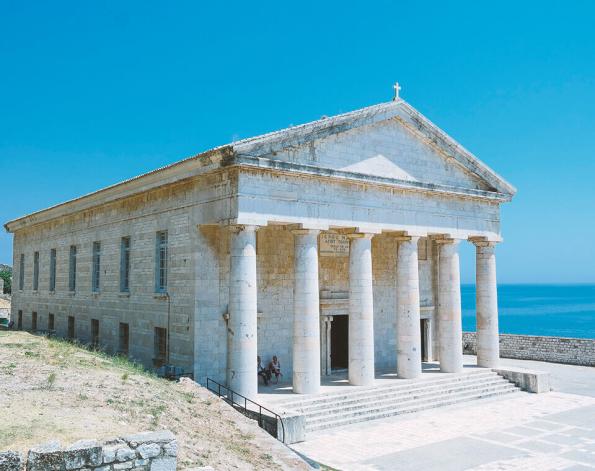THE ARCHITECTURE OF ANCIENT GREECE - FROM WOOD TO STONE
There are not many written documents that testify to the Ancient Greek architecture, except De Architectura of the Roman architect Vitruvius, where he wrote something that is the key of the Greek Architectural style: "Greek Architecture aims at order, symmetry and eurythmy."
In the construction of their temples, the ancient Greeks developed two fundamental principles - the temple scheme and the architectural order. It is the warrant that is the constructive system for organizing the architectural elements and the bearer of the style.
The main ancient Greek orders are three: Doric, which appears mainly in mainland Greece, the Ionian, which is found mainly in the Aegean, and, finally, the Corinthian. The orders were crystallized and initially applied in temples.
The first temple buildings of the geometric and ancient period were built of wood, clay, and raw bricks (clay bricks that have not undergone a baking process). As city-states matured, people felt the need to build public buildings out of stone to add monumentality and durability to their constructions. With this in mind, it is worth noting that, according to the prevailing theory, the typology of both Doric and Ionic order arose when architects, in their attempt to find an architectural model, began to build stone temples and selectively transfer them to stone the morphology of wood.
Thus, we can trace the wooden origins of the temples to various elements. For example, the triglyphs look like stone projections of the previous wooden beams of the roof. The capitals remind us of the wooden saddles (supports) that even today we find in some rough wooden constructions. The pediments of the Doric temples, in turn, refer to the projections of the double roofs, while the stone drops in the friezes are like plastic representations of the heads from the nails fixing the wooden elements or even imitations of the raindrops!
The first entirely stone Doric temple is the temple of Artemis in Corfu, built around 580 BC.
#Did you know that:
The pulleys (τροχαλίες) are an invention of the ancient Greek architects and craftsmen. Given the absence of large human resources, they were forced to invent mechanisms for erecting and transporting heavy stones with the least possible effort.
Other peoples with an exceptional architectural tradition, such as the Egyptians used different methods. For example, the laying of stones during the erection of the pyramids was done by building huge earthen hills (embankments that create flat surfaces) around the building, which were then removed by a large number of workers at their disposal.



